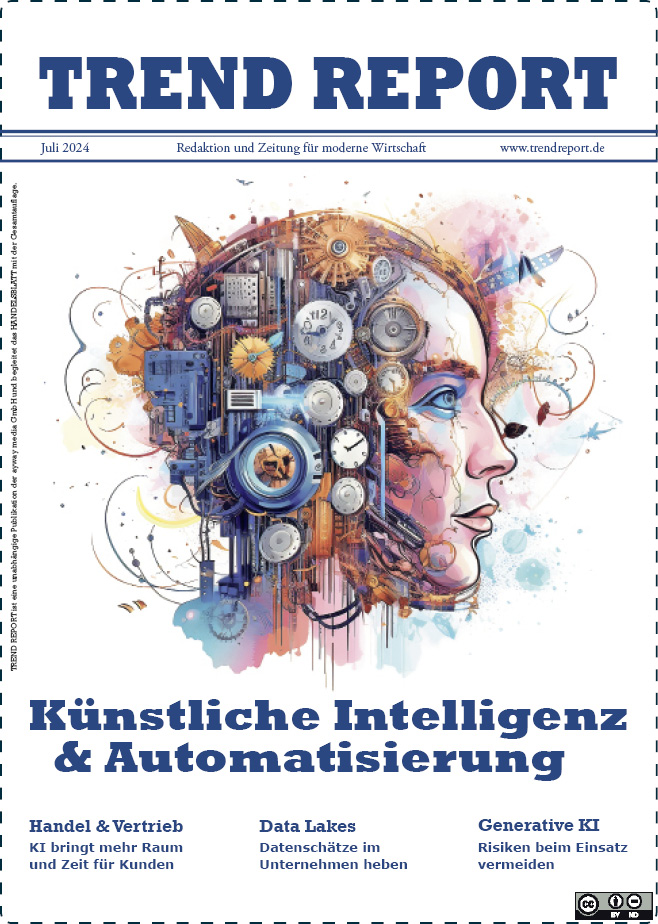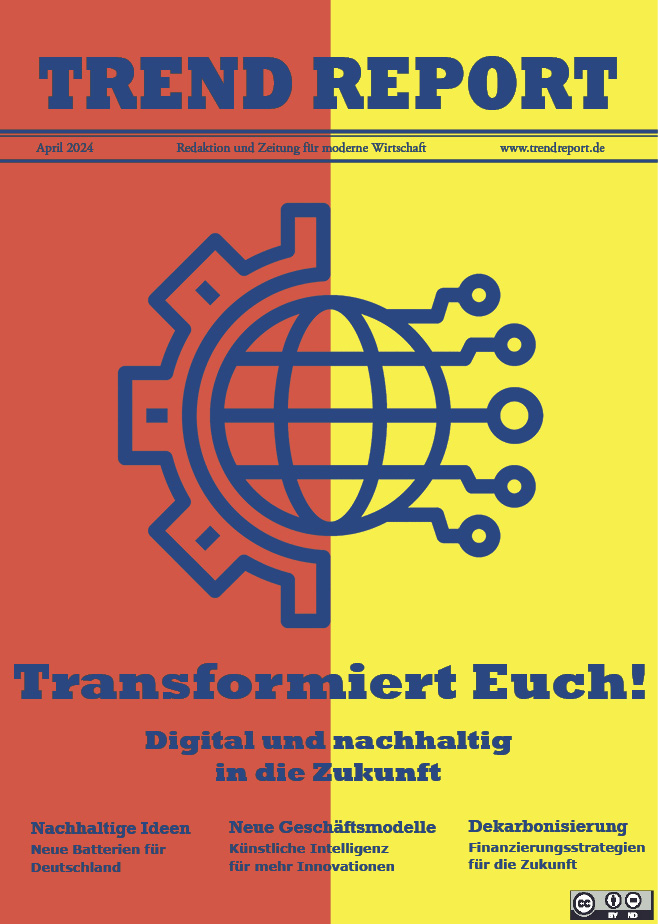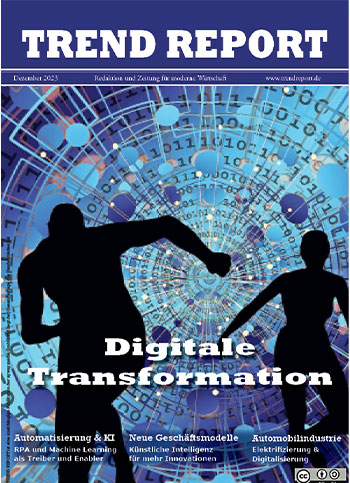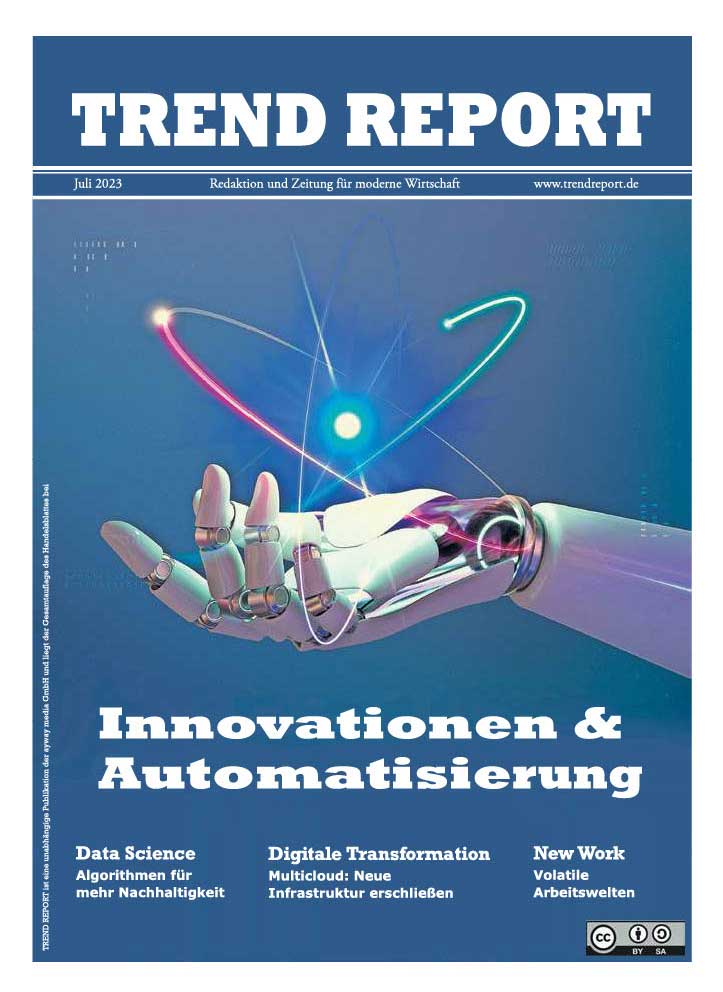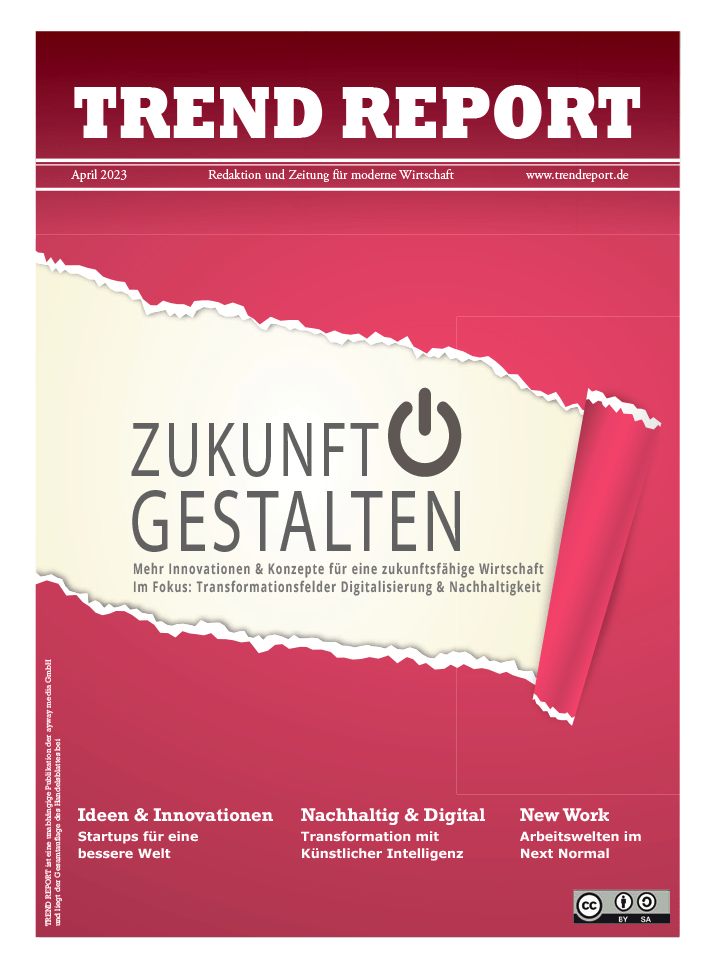Multimodal Mobility – The Future of Connected Mobility
by Klaas Mertens
 Hardly any topic is being discussed more frequently or broadly in Germany than automotive digitization. For many involved in the current debate, one thing is certain: cars of the future will be electric and autonomous, two characteristics that aim to make traffic safer, more efficient, and cleaner, particularly in view of rapid population growth and the trend towards urbanization.
Hardly any topic is being discussed more frequently or broadly in Germany than automotive digitization. For many involved in the current debate, one thing is certain: cars of the future will be electric and autonomous, two characteristics that aim to make traffic safer, more efficient, and cleaner, particularly in view of rapid population growth and the trend towards urbanization.
When it comes to smart cities, however, connected mobility requires much more than driverless cars. The overall vision of connectivity namely foresees all members of society exchanging information with one another: Vehicles communicating with parking garages, parking garages with traffic lights, and traffic lights with public facilities like police stations and hospitals. Connected mobility therefore also means that transportation, emergency services, and information systems within and between cities – including local and long-distance travel – are connected, allowing for data to be exchanged and processed no matter the distance. This serves one objective: coordinating the deployment of services.
Autonomous Driving – Both: A Reality and Vision of the Future
The commonly used phrase “autonomous car” is actually a misnomer. What makes cars driverless is in fact a series of automated and assistance systems that provide varying degrees of autonomous functions, and getting these automated cars on the road is a process. Automotive manufacturers are currently defining the extent to which vehicles can assume necessary driving tasks by means of so-called assistance levels, and how people and machines interact on the road (→ overview).
| The 5 Assistance Levels | |
| 0 | The driver steers the car and drives without any support from an assistance system. |
| 1 | (Assisted driving): Assistance systems (cruise control, adaptive cruise control, collision warning) temporarily take control while supervised by the driver. |
| 2 | (Partly automated driving): Steering and lane assistance systems take over braking, accelerating, and steering within certain speed ranges with the help of distance-measuring radar and cameras. |
| 3 | (Highly automated driving): The driver gains increasingly more free time by completely delegating driving tasks to the vehicle under certain conditions and for short intervals of time. |
| 4 | (Fully automated driving): The vehicle independently takes over the controls for longer periods of time, save for exception cases involving hazardous weather or other adverse driving conditions. |
| 5 | (Autonomous car): The vehicle is fully autonomous. Drivers become passengers. |
Manufacturers are already building cars today that perform some of the tasks described in the assistance model. We are all familiar, for example, with parking assistance, cruise control and traffic jam assistance as staples in most modern cars. The most advanced cars currently assume controls outlined in levels two and three. However, the most defining feature of autonomy at this stage of development is the support that car systems provide drivers rather than taking full control. In this way, the driver maintains complete control at all times, can intervene at a moment’s notice and can rely on the assistance system when driving conditions are manageable. Another important fact is that all data processing takes place in the car itself, meaning the car does not execute its driver assistance services using external sensors or support, such as guidance systems.
The progress the automotive industry has made so far can be seen in how quickly cars have evolved over the past 10-20 years when put up against the assistance model. Today, manufacturers are developing systems that meet the criteria of levels three and four. These cars will be competing for market entry in the coming years. While cars at the lower end of the scale are neck-and-neck in terms of their technological development, making the leap to level four is much more difficult. Before partially or completely autonomous cars reach market maturity, manufacturers must overcome various hurdles. These include ethical concerns, regulatory frameworks and communication challenges such as the development of a standardized language between manufacturers and cars as well as the technological foundation that is required to make the vision a reality: establishing and supplying a comprehensive digital infrastructure.
Infrastructure and Digital Ecosystems
For the vision of fully autonomous vehicles to become reality sooner rather than later, reliable and readily available networks and IT infrastructures must be built. These form the backbone of connected mobility. While driving, autonomous and connected vehicles constantly send and receive new data. Information is continuously being collected or exchanged with other cars – be it concerning speed, distance to other vehicles, GPS data, fuel levels, traffic controls, parking or weather conditions. This all happens within the car. The vehicle does not only have to deal with large amounts of data, but must also be able to process this data in real time to ensure a smooth and comfortable ride. The processing of substantial amounts of data currently plays a crucial role in the development of automated vehicles. Test vehicles that are now in development generate 80 to 100 terabytes of data per day. This amounts to about 16 petabytes per vehicle every year. For comparison: 16 petabytes is equivalent to about 8 billion pages of text, or 104 billion photos on Facebook. This focus, however, will shift once autonomous cars are ready for mass production. The challenge will then be for cars to process smaller amounts of data at a faster rate.
The speed at which data has become an integral part of the development and test phases of autonomous vehicle algorithms has created huge challenges for automotive manufacturers because of the large amount of storage capacity necessary to process this ever-increasing quantity of data. However, the problem lies not only with storing this data, but also with transferring it, as data collected in the car must be transferred to processing platforms for evaluation.
Communication between different systems and vehicles will also be incredibly important in the future, for example when on-board cameras monitor the area around the car to prevent accidents. Because while the car is producing data, it must at the same time determine what data can be processed by the IT already built into the car and what data must be transferred to a central site for processing. The connection to clouds, networks and other parts of the ecosystem must also be as fast as possible, guaranteed at all times and accessible from any location worldwide – not least because cars are not stationary machines.

This is where data centers and their digital ecosystems come into play. Participants in the digital ecosystem work and communicate with each other in harmony. Applied to the autonomous car, this means that the provider of public traffic light systems that sends information about “driving” and “stopping” at traffic lights to oncoming vehicles communicates with the receptive vehicle directly, using a fast and reliable connection with other participants in the ecosystem via the data center or the cloud. This ensures that the information is transferred quickly. At the same time, this connection also guarantees a reliable transfer of data. Spatial proximity of individual participants within the same site also allows for data exchange in basically real time.
| Growth Engine Ecosystem | |
| ● | Proactive provision of new offers and digital services based on distributed data |
| ● | Faster and more cost-efficient implementation of innovative projects thanks to access to the ecosystems |
| ● | Setup of distributed data hubs for data processing within important metropolitan areas (real-time communication) |
| ● | Simplified connectivity through direct and secure connections via interconnection |
Two primary challenges must be addressed on the road to developing the connected, fully autonomous car. First, a digital infrastructure must be set up, which can gather data from countless sensors that record data from every street corner and every road user and pass it along for evaluation and exchange between other parts of the digital ecosystem. Second, more concrete algorithms must be developed. These two challenges should be viewed independently from one another because while safety is the key focus in the development of algorithms (since the car is a self-contained system), road users’ comfort remains the main priority when connecting various systems and sensors.
“The restructuring of existing IT infrastructure and cloud service localization allows for the direct analysis and processing of data at the location with the greatest demand. Companies using interconnection also gain access to secure and direct high-speed connections with low latency.”
– Klaas Mertens –
To ensure the safety of autonomous cars, large amounts of sensor data are collected during prototype testing to enable the creation of valid algorithms. Whether or not the algorithms’ ultimate reaction to the sensor data is adequate, can be tested in two steps using the “In The Loop-Testing”, which tests the software and the hardware that will be built into the vehicle. Test data and algorithms are first simulated and checked in the cloud using the vehicle’s systems as software. During hardware testing, the physical parts of the car, such as the processors and specialty chips, are then removed from the car and tested directly using a computer in the data center.
Multimodal Mobility as a Vision for the Future
Although vast strides are being made in the development of the connected vehicle, self-driving cars – particularly those at levels 4 and 5 of the assistance model, in which the vehicle operates mostly or completely without the help of the driver – are still considered a futuristic vision. Data centers and digital infrastructure already play a key role in the evaluation of countless test and sensor data during the development phase of autonomous vehicles. In the future, their contribution will become much more important and will ultimately become indispensable.
The overall goal is to guarantee the availability of connected services at all times and from all parts of the globe. In order to achieve this goal, however, numerous data exchange points must be created. Spread out over countless data centers, these points will ensure that data is exchanged between all road users as quickly and as reliably as possible. This way, connected cars will be able to react to situations or obstacles that may affect their route, even if they are hundreds of meters away around the next bend in the road. Digital infrastructure forms the foundation for constant communication between cars and their environment, thus providing maximum driving comfort and the highest security standards for passengers.
For a German version of this article, please click here
| Der Text ist unter der Lizenz CC BY-SA 3.0 DE verfügbar. Lizenzbestimmungen: https://creativecommons.org/licenses/by-sa/3.0/de/ |
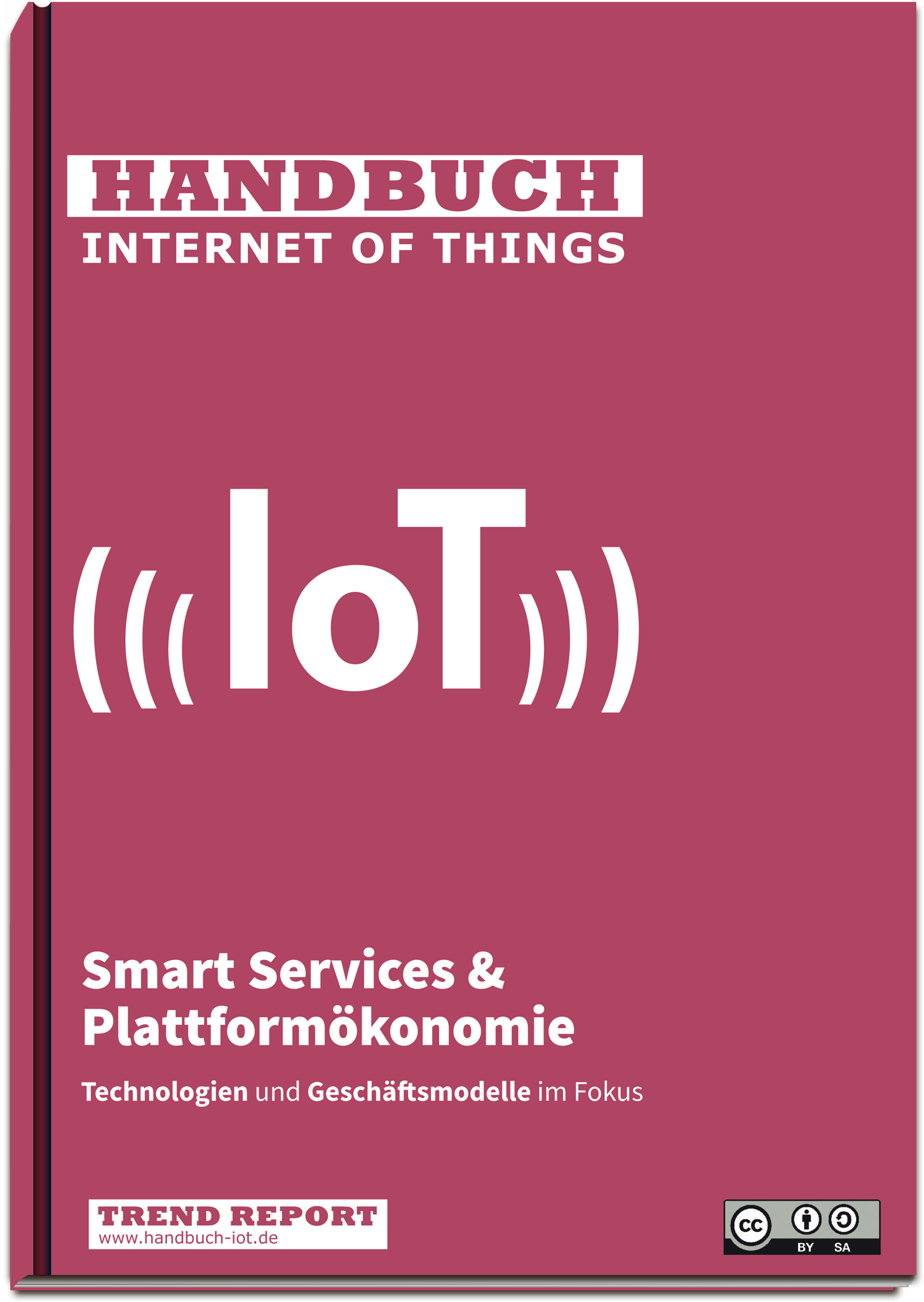
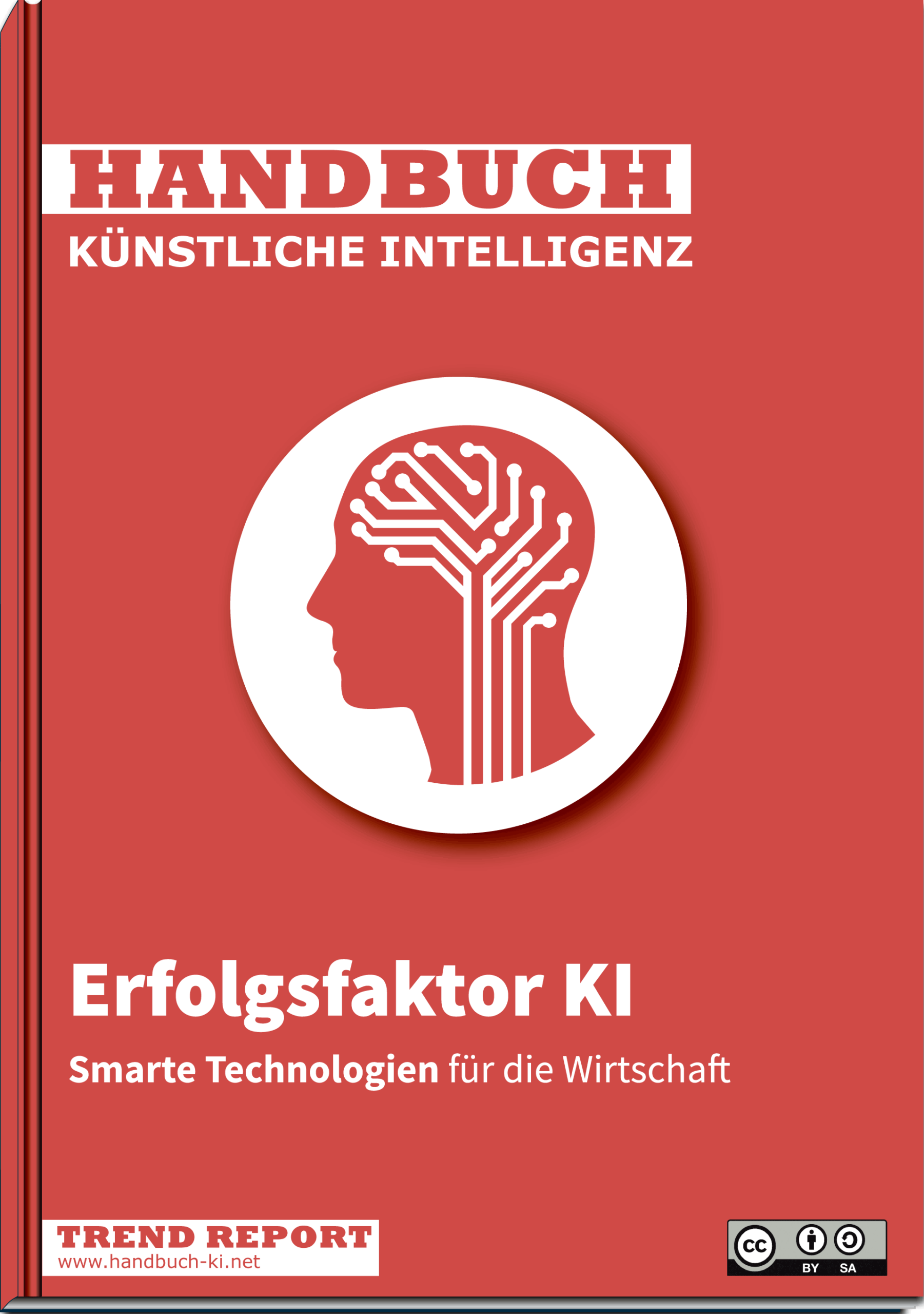 Handbuch Künstliche Intelligenz
Handbuch Künstliche Intelligenz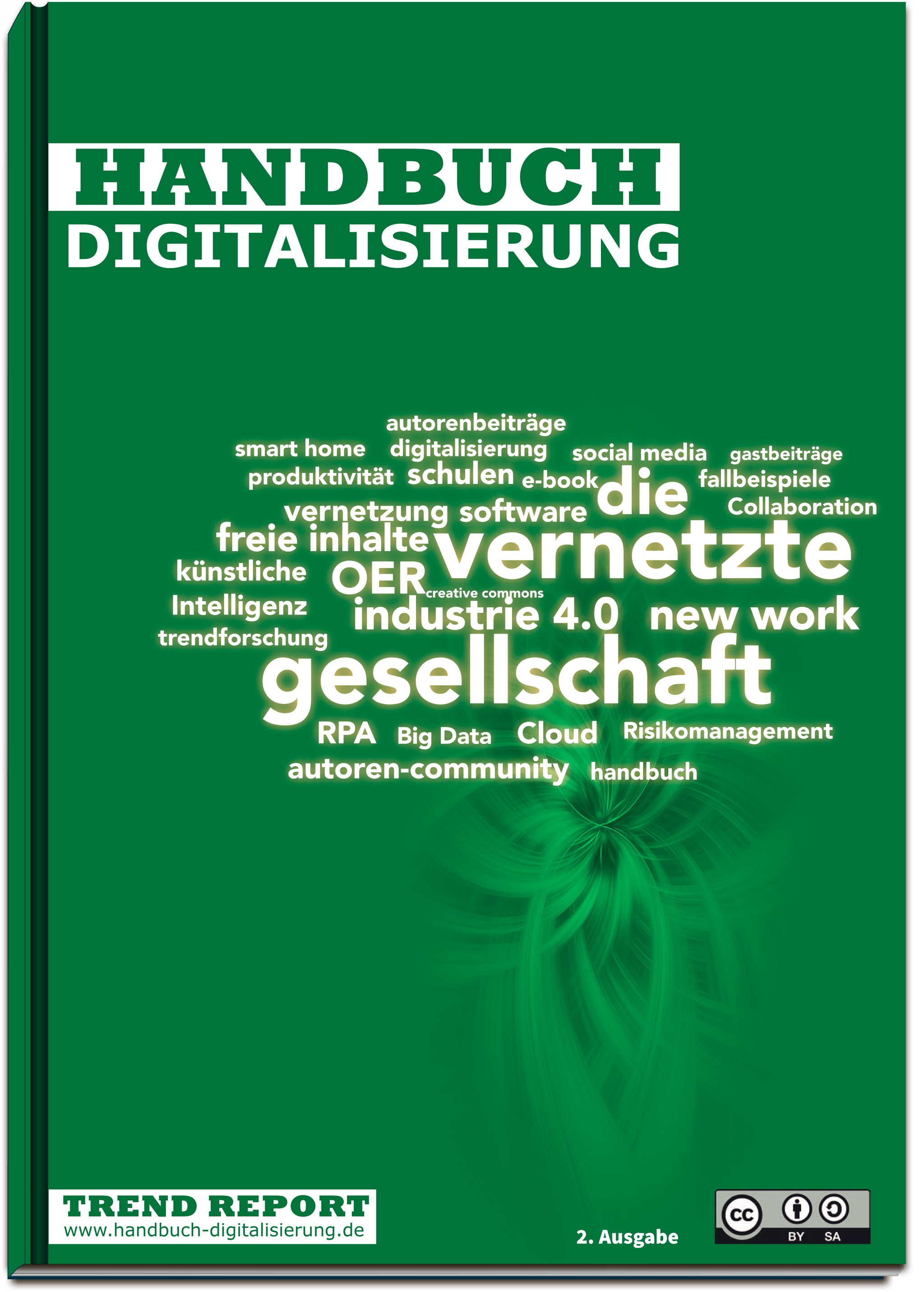 Handbuch Digitalisierung
Handbuch Digitalisierung 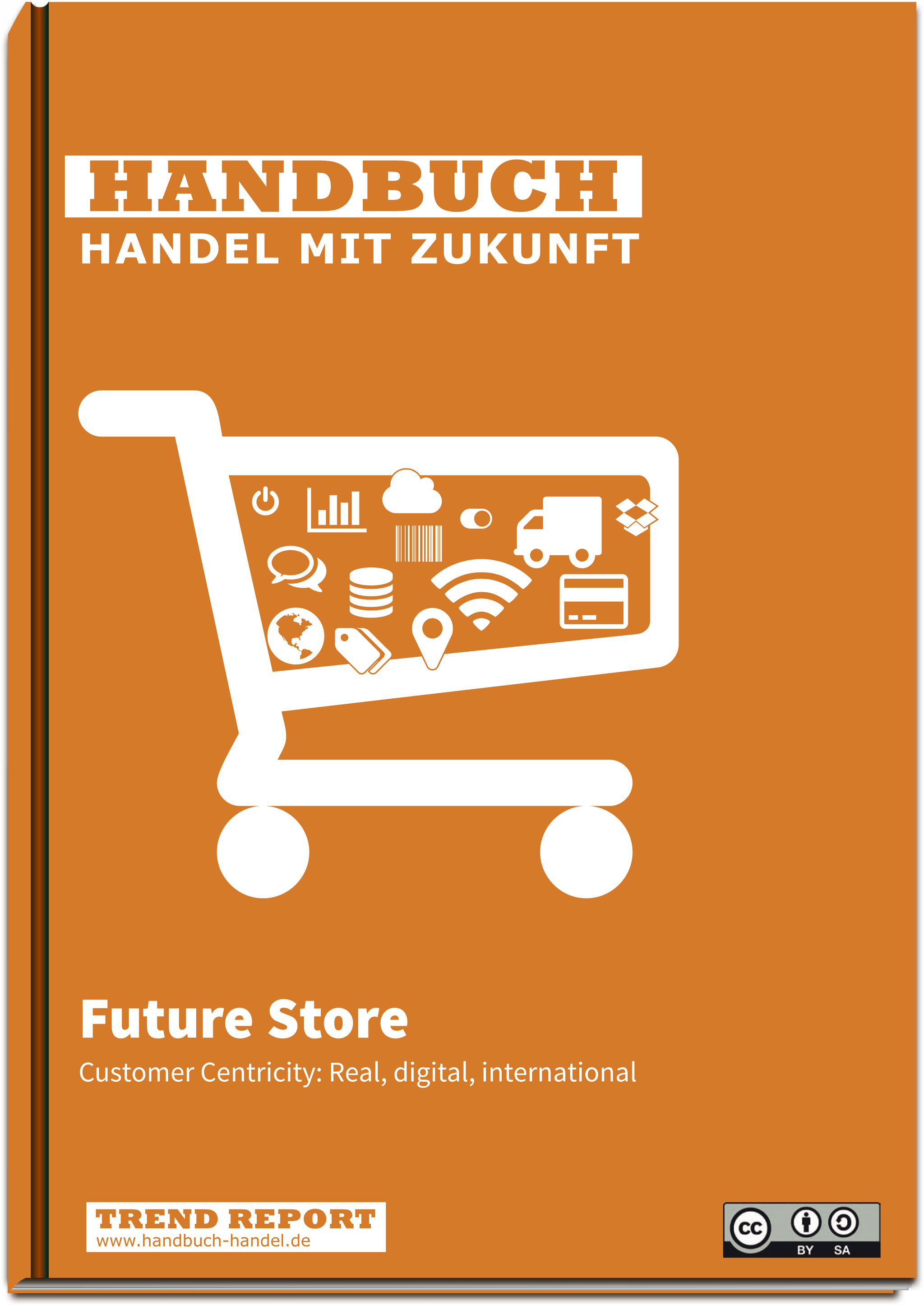 Handbuch Handel mit Zukunft
Handbuch Handel mit Zukunft Handbuch HR-Management
Handbuch HR-Management Handbuch Digitalisierung
Handbuch Digitalisierung